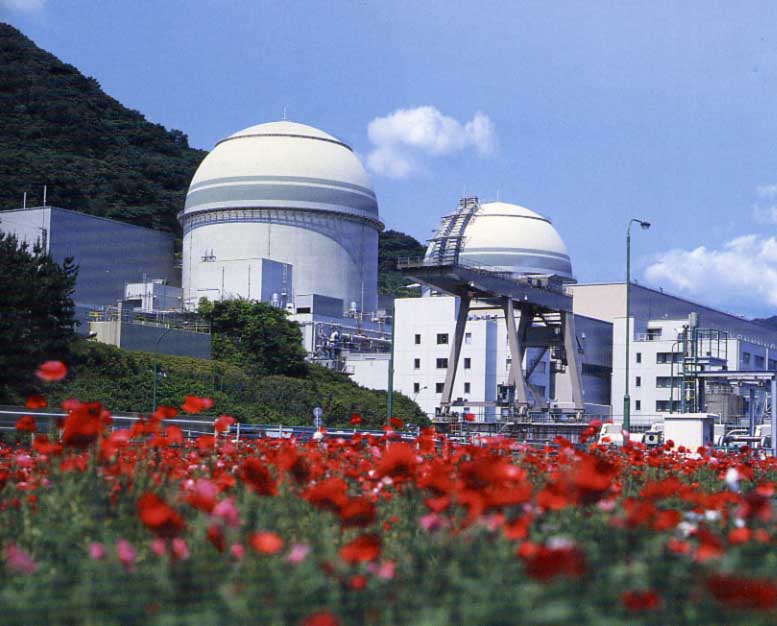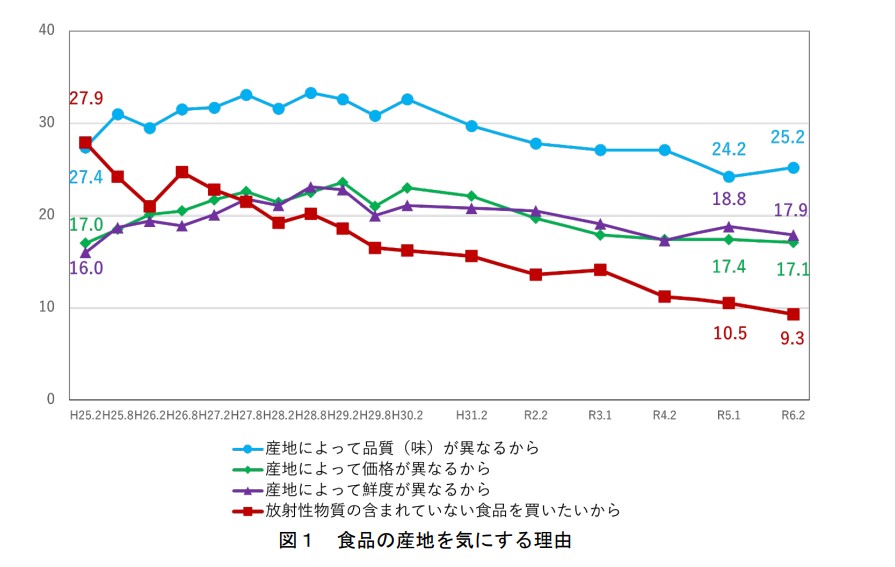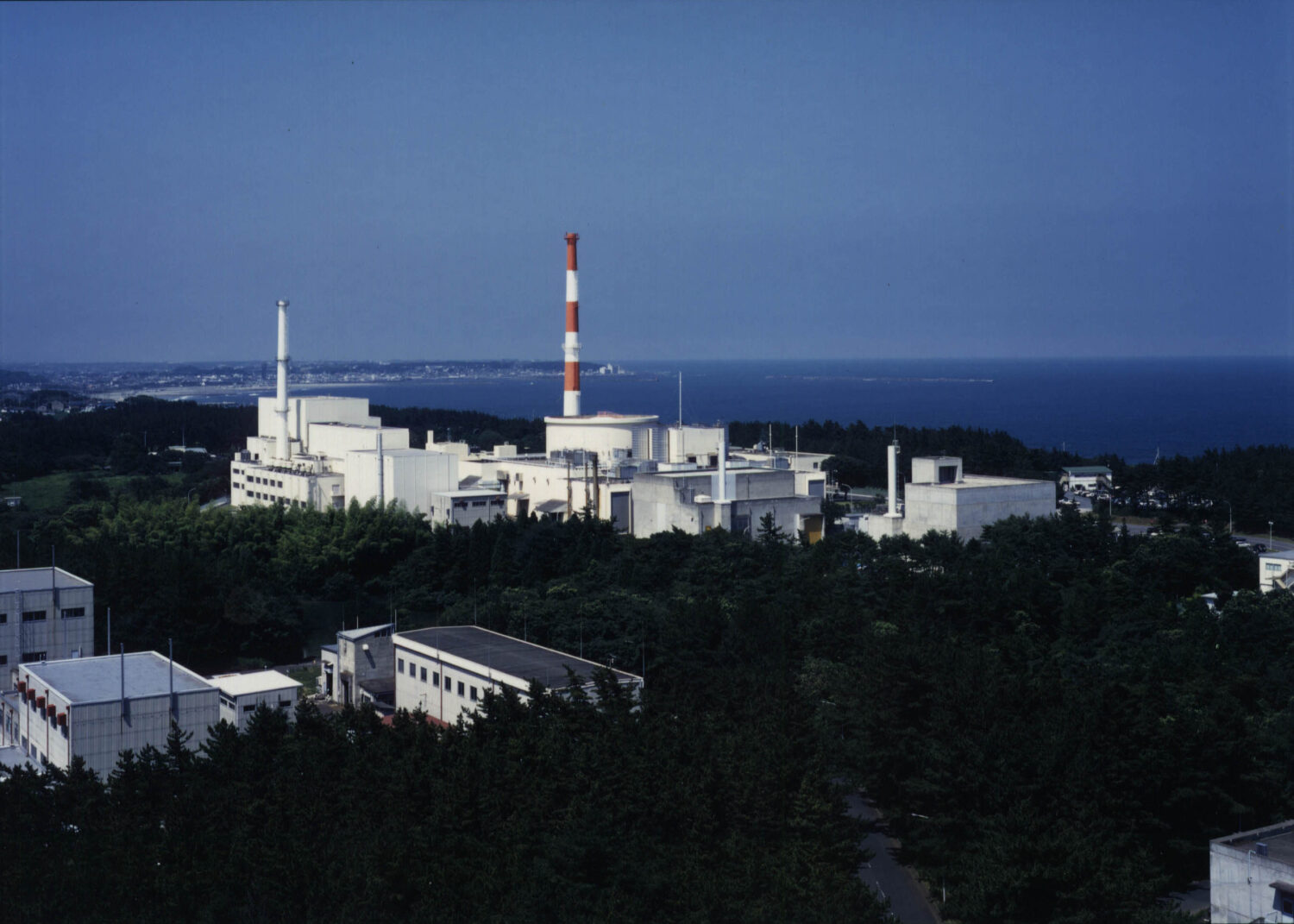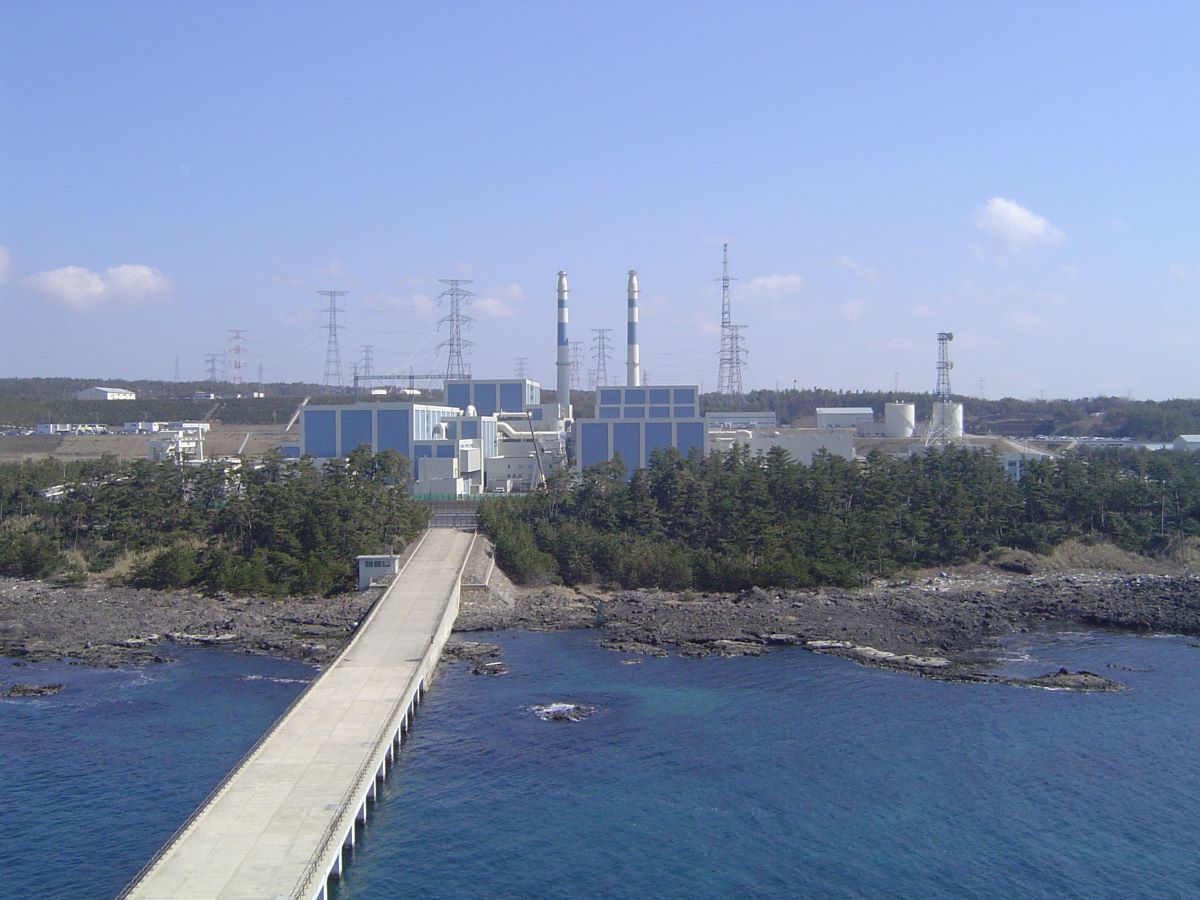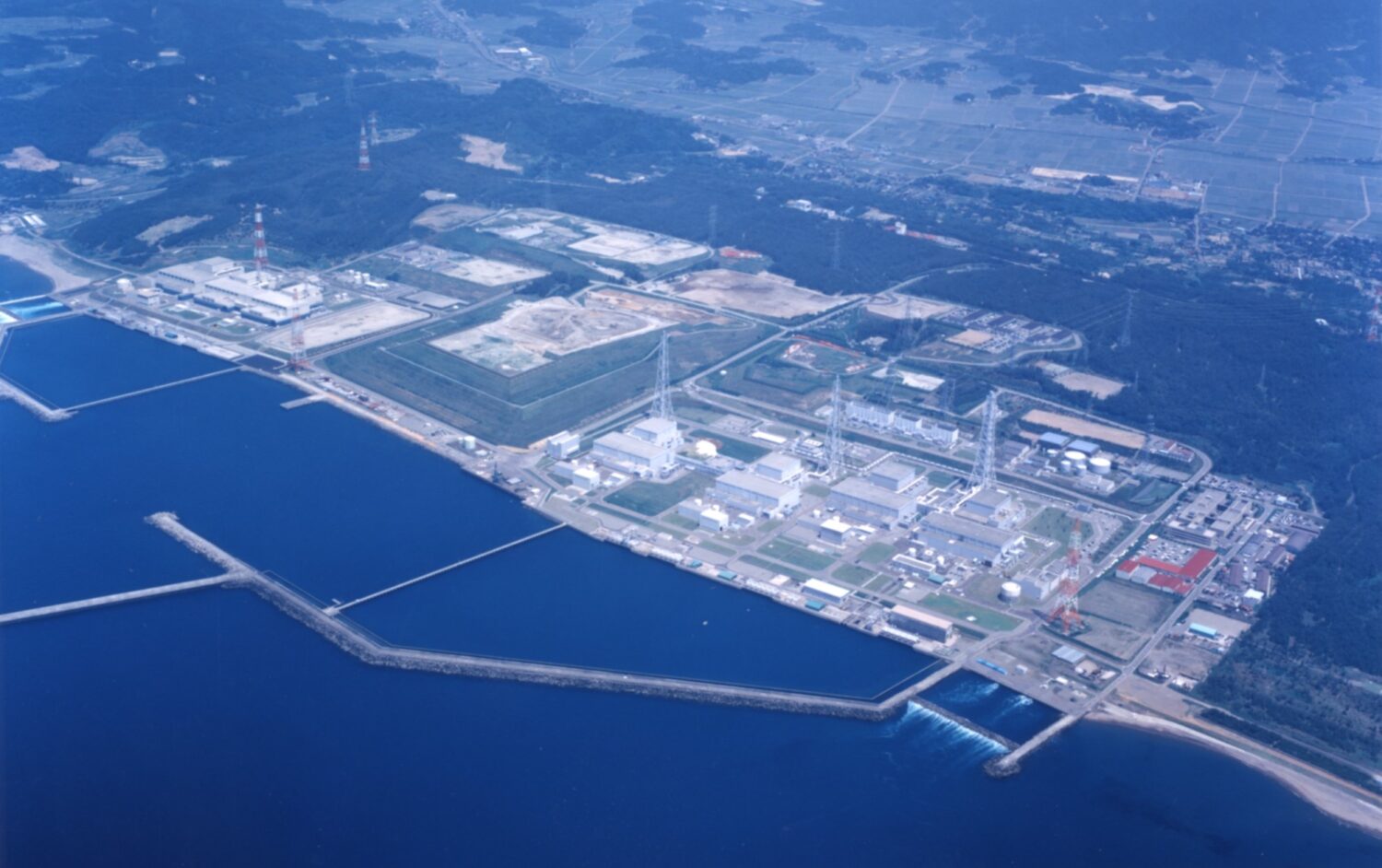The facilities are owned and operated by the Hokuriku Electric Power Co. in Ishikawa Prefecture, central Japan.
Although Hokuriku Electric had filed an application with the NRA last August for an examination of the compatibility of Shika-2 (ABWR, 1206 MWe) with new regulatory standards, the NRA kept putting off its examination. Now, however, it will resume the examination, referring to the recently-released expert evaluation as “important information.”
If the NRA’s examination also recognizes the activeness of the faults, restarting Shika-2 will be difficult under the current situation. Although Hokuriku Electric has not yet filed an application for an examination of its Shika-1 (BWR, 540 MWe), that reactor will likely be decommissioned, when its reactor building is located directly above one of the faults.
Akira Ishiwatari, the NRA commissioner responsible for the case, said, “We basically agreed on many points, and will finalize an evaluation report at the next meeting.”
The faults questioned as being active are fault S-1, running just under the Shika-1 reactor building, and faults S-2 and S-6, which run under Shika-1 and the Shika-2 turbine building.
According to Hokuriku Electric Power, faults S-2 and S-6 do not run directly under the Unit 2 reactor building, but rather cut across important piping for cooling reactor peripheral equipment. If the activeness of the two faults is recognized, the company may be required to remodel the piping or take other difficult actions.
While the power company could not find any clear evidence showing the activeness of the faults in a separate investigation that it undertook itself, the experts on the panel agreed in its investigation of the S-1 fault that a drawing made when Unit 1 was constructed implied that the faults were indeed active.



-1.png)








.jpg)


